In which position would the Northern Hemisphere experience summer?
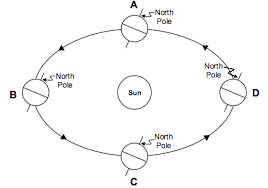
Location B

Which surface heats up faster during this type of wind?
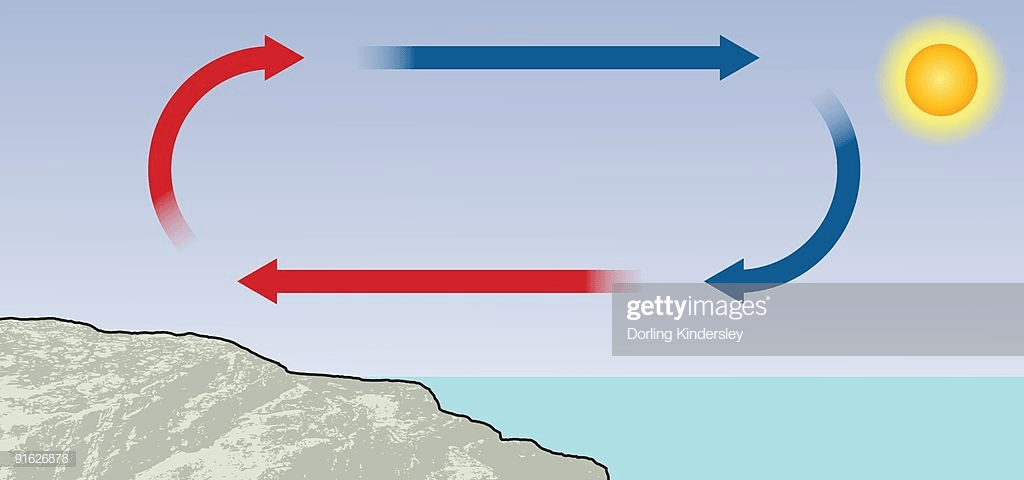
the land
What is the name of the process that occurs during the water cycle in which water is heated by the Sun and changes from liquid to gas?
evaporation
Clouds form when
A. water vapor rises, gets warmer and condenses on condensation nuclei
B. water vapor rises, gets cooler and evaporates on condensation nuclei
C. water vapor rises, gets cooler and condenses on condensation nuclei
D. water rises, gets warmer and evaporates on condensation nuclei
C. water vapor rises, gets cooler and condenses on condensation nuclei
In which position would the Northern Hemisphere experience spring?

Position A

The air above the ocean is ______ pressure and ______ dense than the air above the land during this wind.

high pressure and more dense
The only difference between the different phases of water that exist during the water cycle is the amount of _____ each phase has.
energy
What are these types of clouds called?
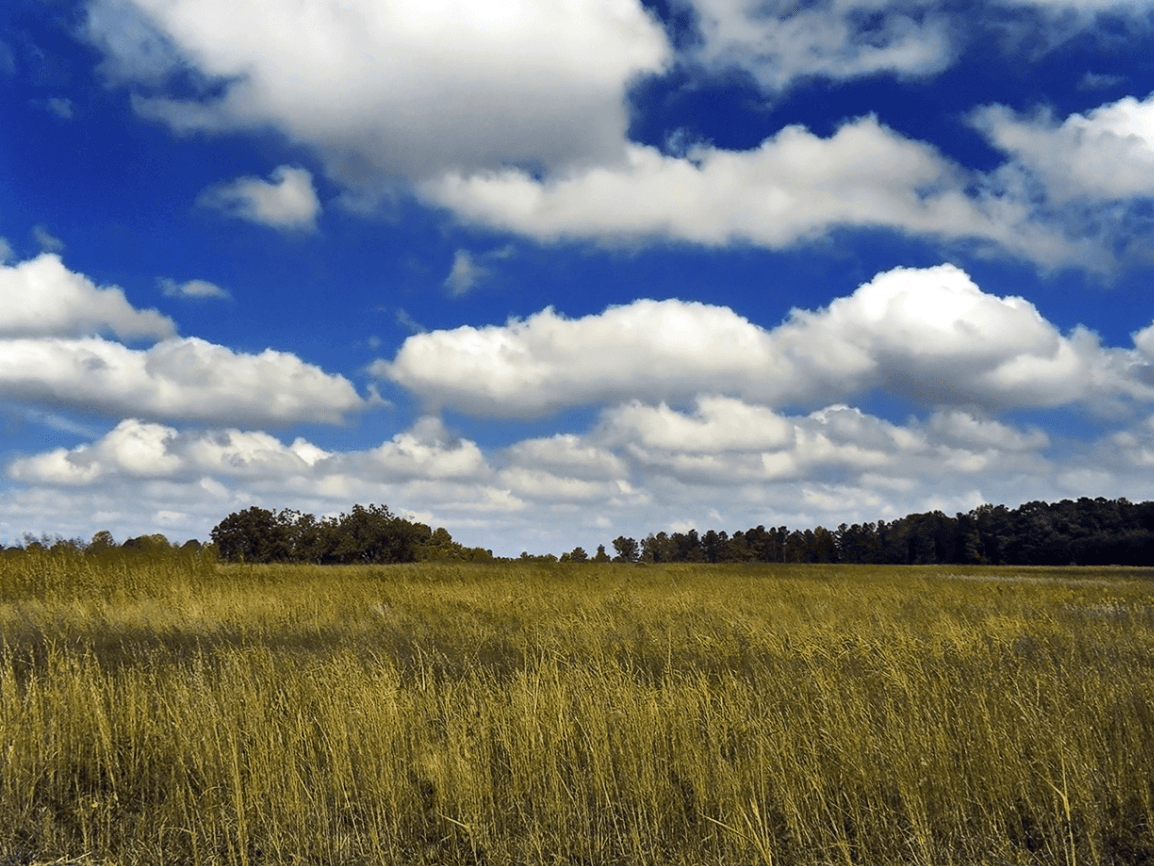
cumulus
What are the two major reasons the Earth experiences different seasons with different temperatures throughout the year?
The Earth is tilted on its axis as it revolves around the Sun throughout the year.
Differential heating of the Earth's surfaces by the Sun causes __________.
wind
What is the name of the process in which plants release excess water from their leaves and it evaporates?
transpiration
What are these types of clouds called?
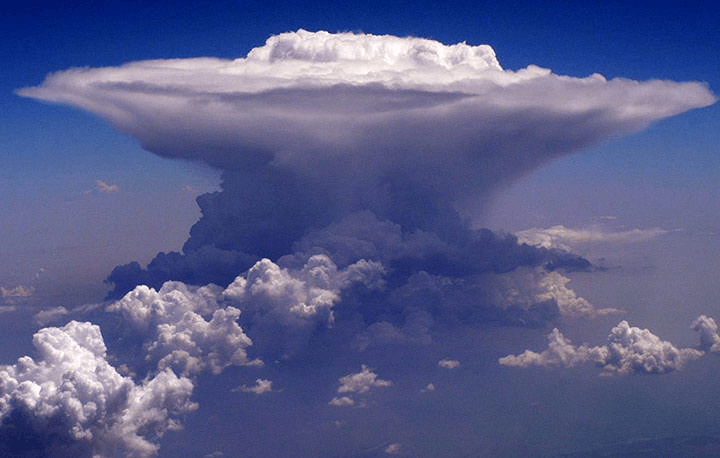
Cumulonimbus
The climate of a city near the equator is warmer than the climate of a city near the North Pole because
A. the equator is closest to the Earth's core.
B. the solar angle is most concentrated at the equator.
C. the solar angle is higher at the equator.
D. the solar angle is lower at the equator.
C. the solar angle is higher at the equator.
Which forms of heat transfer are involved in the type of wind in the diagram below?
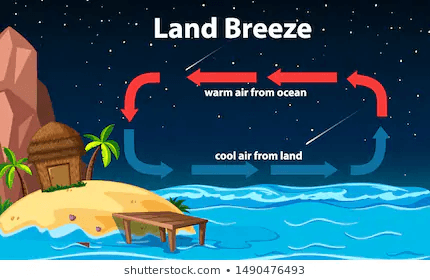
All three - convection, conduction and radiation
What is the name of the process that occurs after precipitation makes its way back to the Earth and eventually returns to bodies of water.
surface run-off
What are these types of clouds called?
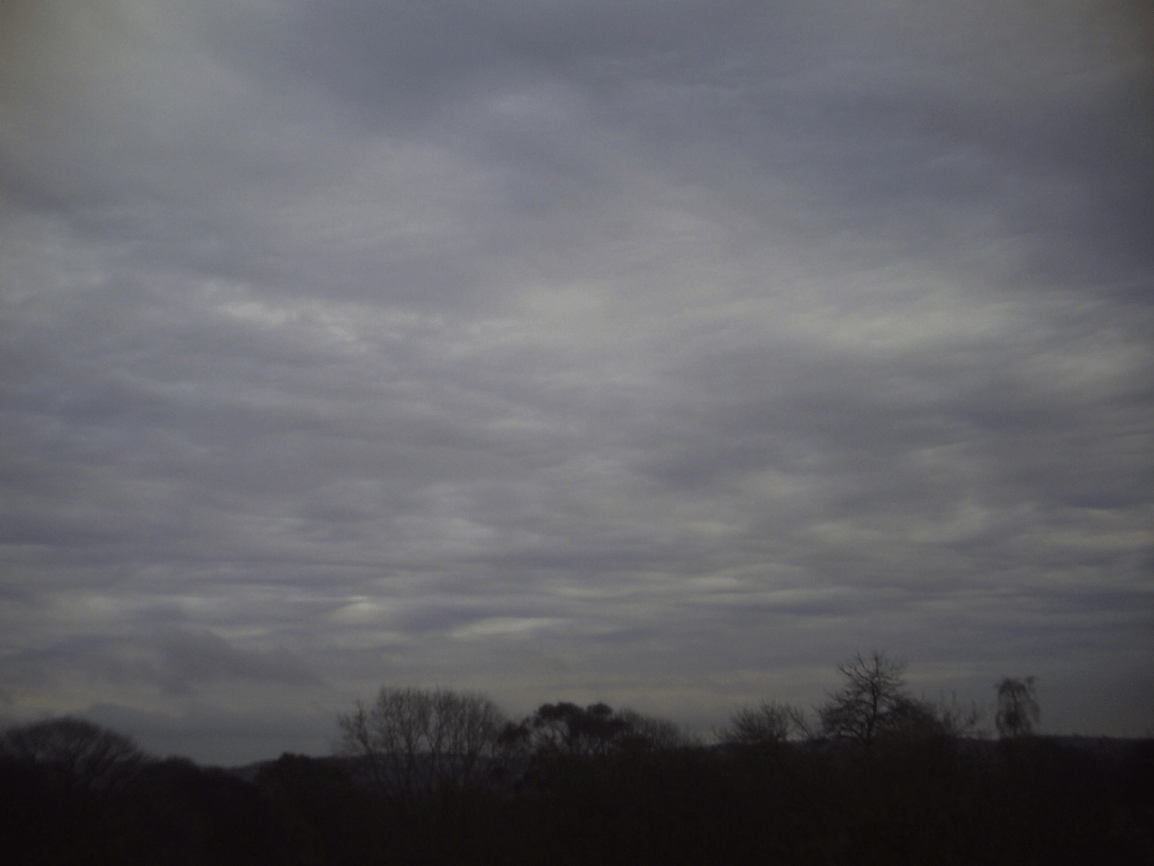
Stratus
The Earth is closest to the Sun during winter in the Northern Hemisphere. How close is the Earth during this time?
A. 124 million km
B. 147 million km
C. 165 million km
D. 190 million km
B. 147 million km
What is the name of the global wind belt that blows from 30 degrees N & S to the equator?
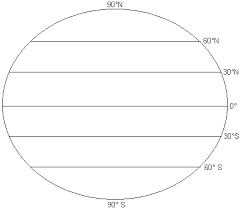
Trade Winds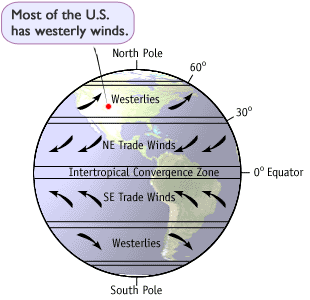
What is the most important aspect involved in the keeping the water cycle going?
The Sun
What are these clouds called and what are they made of?
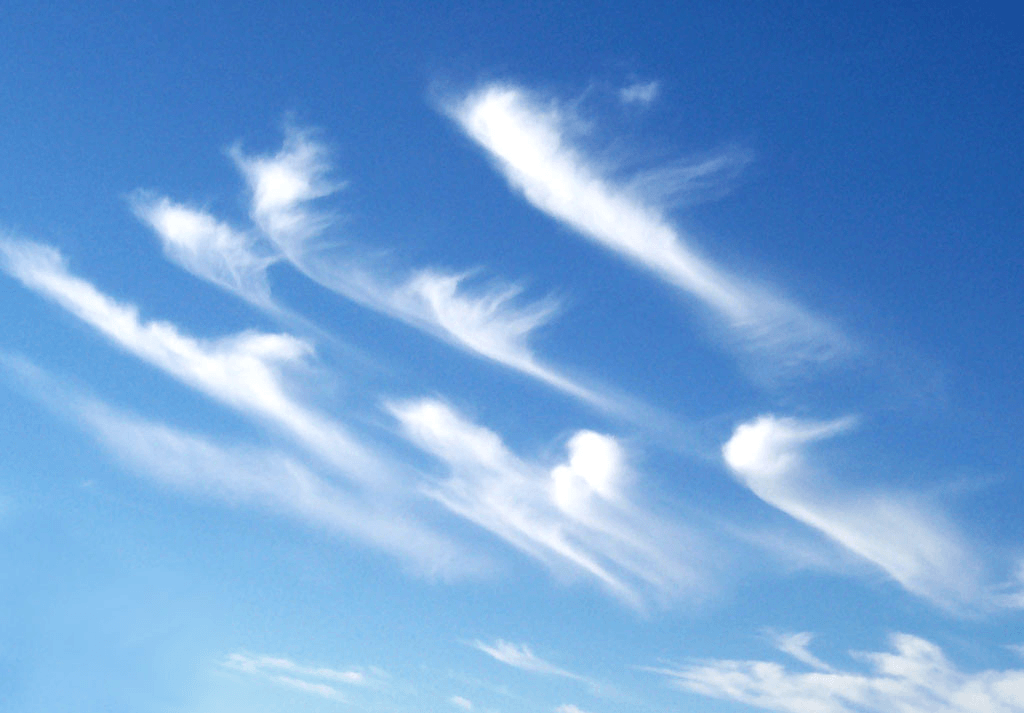
Cirrus and they are made of ice crystals